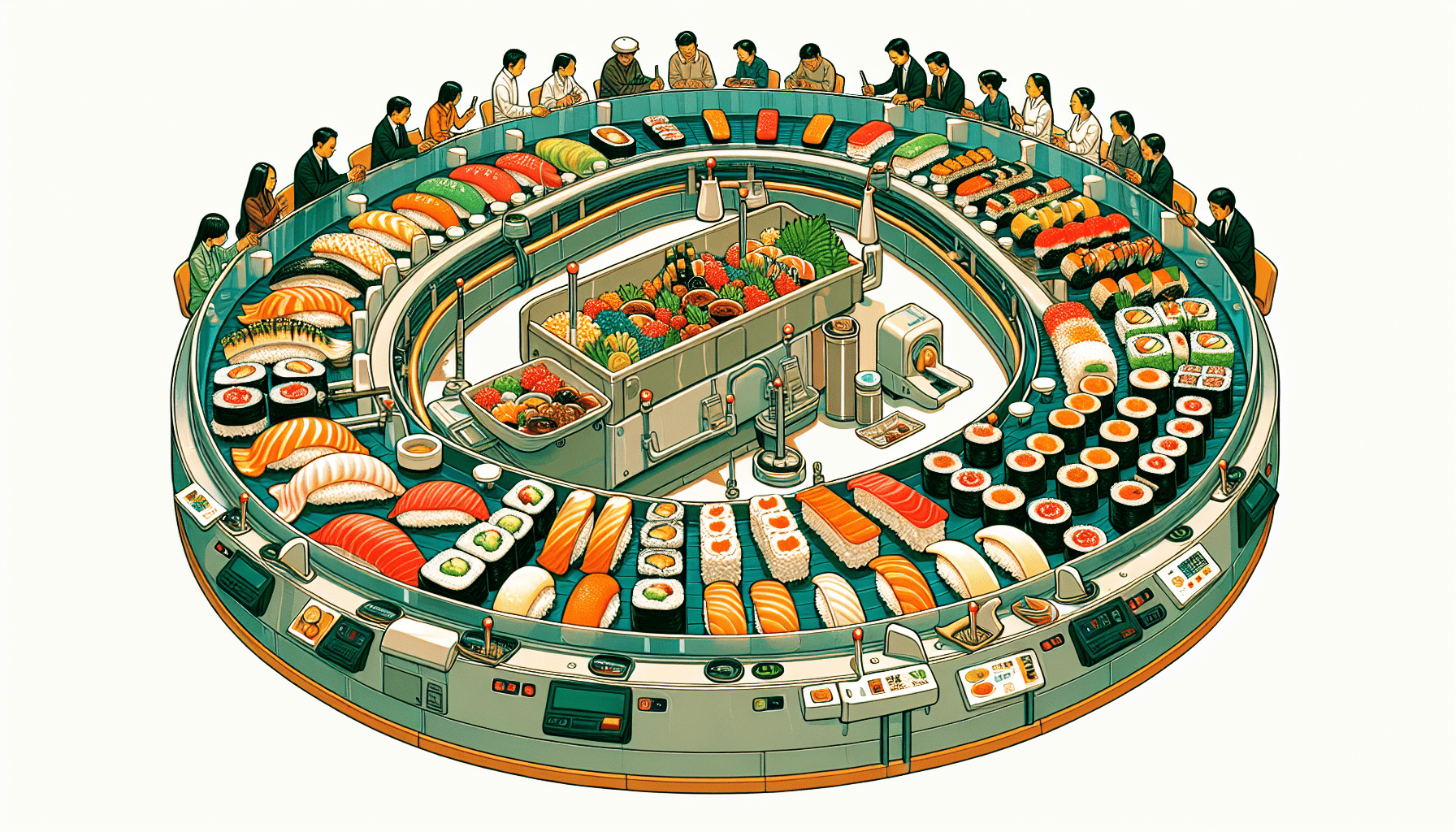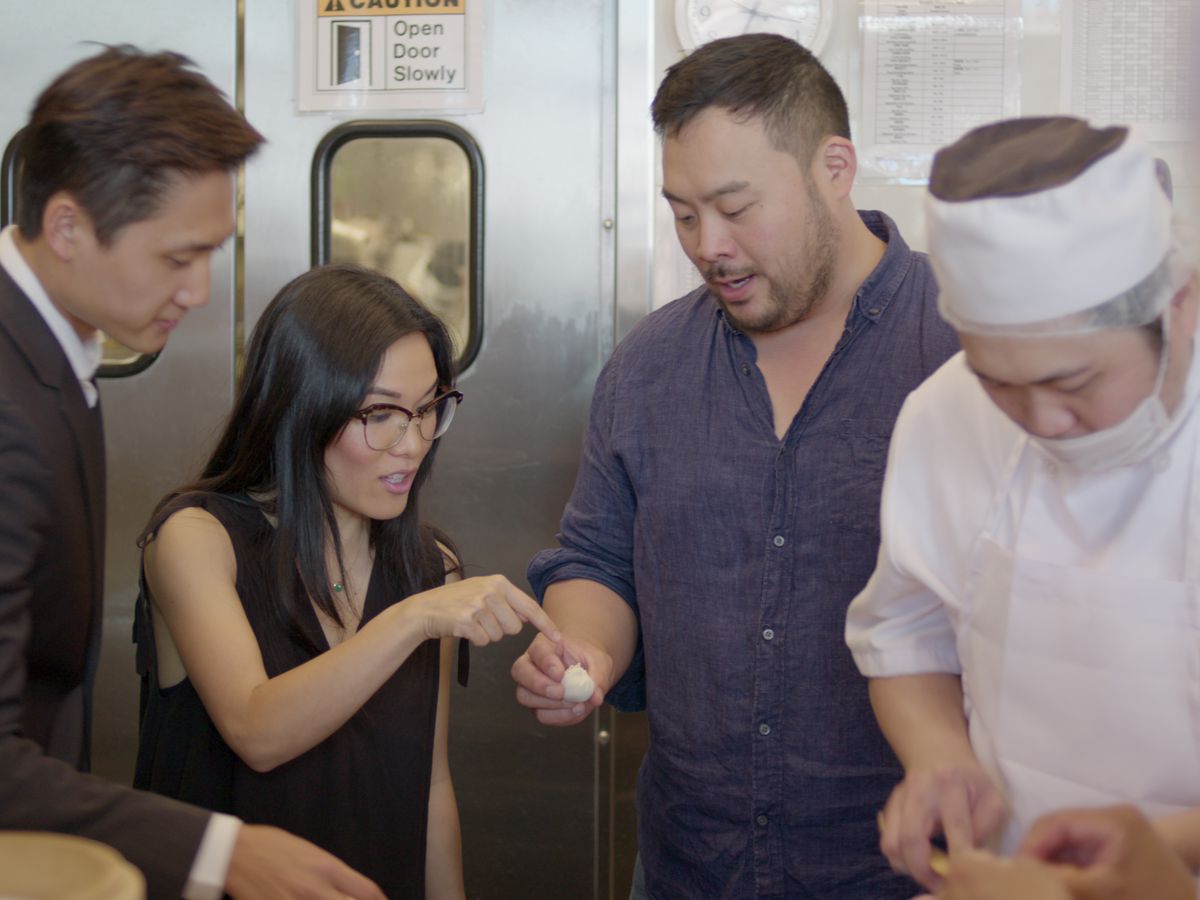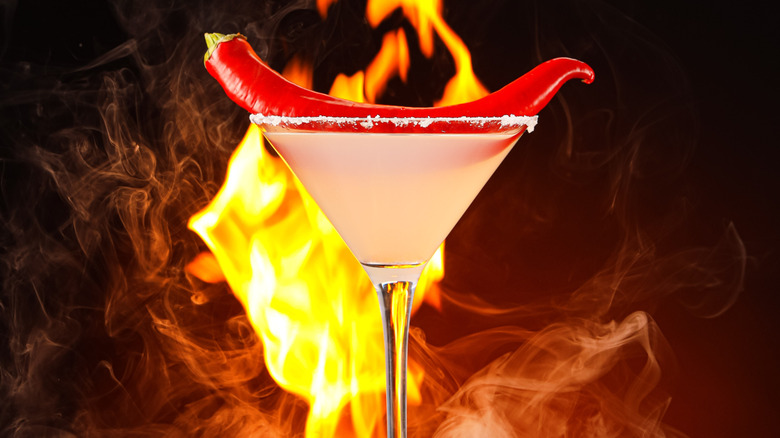Amazon Basics Medium Packing Cubes for Travel, Packing Organizers, 4-Piece-Set With Double Zipper Pulls and Mesh Top Panel, 100% Durable Polyester, Gray, 13.8"L x 9.8"W x 3"H
$17.91 (as of April 6, 2025 11:38 GMT +00:00 - More info)So you think you’ve got sushi etiquette down pat? Well, think again. When it comes to dining at a conveyor belt sushi restaurant, there’s a rule that you should never break. And it’s all about what to do with your empty plates. Instead of mindlessly placing them back on the conveyor belt, you’ll want to keep them off to the side on your table. Not only is this considered proper etiquette, but it’s also more hygienic. But that’s not all – there’s another practical reason behind this rule. Each plate determines the final bill, and by placing soiled plates back on the belt, you may disrupt the restaurant’s counting system and be accused of tampering with your bill. So remember, when it comes to conveyor belt sushi, keep your empty plates right beside you, categorize them for the server, and follow the different do’s and don’ts to ensure an enjoyable and respectful dining experience.
Get an Official Zagat Restaurant Guide
The Importance of Proper Plate Handling
In the world of sushi, there are many rules and customs that diners must adhere to. One important aspect of sushi etiquette that often goes overlooked is proper plate handling. Whether you’re dining at a traditional sushi restaurant or a trendy kaitenzushi (conveyor belt sushi) spot, understanding how to handle your plates is crucial. Not only does it demonstrate respect for the dining experience and the restaurant staff, but it also plays a role in maintaining hygiene and ensuring an accurate final bill. So, let’s dive into the importance of proper plate handling and explore some additional etiquette tips for conveyor belt sushi.
Understanding the rules of a kaitenzushi restaurant
Kaitenzushi, also known as conveyor belt sushi, is a popular dining option for sushi lovers around the world. In these establishments, a conveyor belt carries small plates of sushi throughout the restaurant, allowing diners to choose from a variety of options as they pass by. However, it’s important to note that kaitenzushi restaurants have their own set of rules and customs that diners must follow.
Why placing empty plates on the conveyor belt is bad manners and unhygienic
One of the most important rules to remember when dining at a kaitenzushi restaurant is to never place empty plates back on the conveyor belt. This common mistake is not only considered bad manners but also unhygienic. Instead, it’s best to keep your empty plates off to the side on your table. By doing so, you show respect for the restaurant staff, who are responsible for clearing the plates, and you help maintain cleanliness in the dining area.
The role of plates in determining the final bill
When it comes to kaitenzushi, plates play a central role in determining the final bill. Some restaurants have a set price for all the sushi on offer, making the plates less significant. However, many kaitenzushi establishments use a system of colors or patterns on their plates to indicate the prices of different types of sushi. Each restaurant may have its own unique coded system, which diners can refer to before they eat to keep track of their bill. In general, a more intricate design on a plate indicates a higher price for the sushi it holds.
Placing soiled plates back on the conveyor belt can disrupt the counting process and potentially lead to inaccuracies in the final bill. To avoid any misunderstandings or accusations of tampering with the bill, it’s best to keep your empty plates on the table. At the end of the meal, a server will come to count the stack of empty plates on your table and calculate the total bill based on the numbers, colors, and patterns. By keeping your plates neatly stacked at the end of the table, preferably categorized by their color or pattern codes, you make the server’s job easier and ensure an accurate bill.
Stacking empty plates for server’s convenience
While stacking empty plates may be considered an etiquette mistake at some restaurants, it is actually encouraged at kaitenzushi establishments. As mentioned earlier, servers rely on the number, color, and pattern of the plates to determine the final bill. By neatly stacking your plates at the end of the table, you make it easier for the server to count and categorize them. This small act of courtesy shows appreciation for the hard work the server puts into ensuring a smooth dining experience.

Get an Official Zagat Restaurant Guide
Additional Etiquette Tips for Conveyor Belt Sushi
In addition to understanding the rules of plate handling, there are a few more etiquette tips to keep in mind when dining at a conveyor belt sushi restaurant. These tips will help you navigate the experience with ease and show respect for both the food and the other diners.
Avoid touching plates or food that you don’t plan to eat
As plates pass by on the conveyor belt, it’s important to resist the temptation to touch anything that you don’t plan to eat. Remember that the plates are shared by all diners in the restaurant, so maintaining proper hygiene is crucial. While you can look closely at a certain piece of sushi to determine whether or not you want to eat it, it’s considered impolite and unsanitary to touch a plate and then put it back. Once you touch a plate, it’s essentially yours, and you should either consume its contents or leave it for the restaurant staff to clear.
Transferring plates instead of plucking sushi directly from the belt
When you spot a sushi roll or nigiri that catches your eye on the conveyor belt, it’s best to pick up the entire plate rather than plucking the sushi directly from the belt. By transferring the plate to your table, you minimize the risk of contaminating the food and maintain proper hygiene throughout your meal. Remember to handle the plates with care and to place them back on the table after you’ve enjoyed the sushi.
Placing separate orders for sushi that isn’t available on the belt
While the variety of sushi options on the conveyor belt is usually extensive, there may be some specific types of sushi that you’re craving that aren’t making their way around. In these cases, most kaitenzushi restaurants allow diners to place separate orders for sushi that isn’t available on the belt. These special orders are often marked with a different colored or patterned plate and are delivered to your table through the conveyor system. If you decide to place a separate order, it’s important to keep an eye out for your specific plate and to refrain from taking a plate that isn’t yours.
Keeping an eye out for your specific order
With the hustle and bustle of a kaitenzushi restaurant, it can be easy to lose track of your specific order. Whether it’s a special order or a dish that you’ve taken from the conveyor belt, it’s essential to keep an eye out for your plate. This ensures that you receive the sushi you intended to order and that you don’t accidentally take someone else’s. By remaining attentive and aware of your surroundings, you contribute to a smooth and enjoyable dining experience for everyone involved.
In conclusion, understanding proper plate handling and following etiquette guidelines is essential when dining at a kaitenzushi restaurant. By placing empty plates off to the side, stacking them for the server’s convenience, and following additional etiquette tips, you demonstrate respect for the dining experience, maintain hygiene, and ensure an accurate final bill. So, the next time you find yourself at a conveyor belt sushi restaurant, remember these important rules and enjoy your meal with confidence and courtesy.
Get an Official Zagat Restaurant Guide






